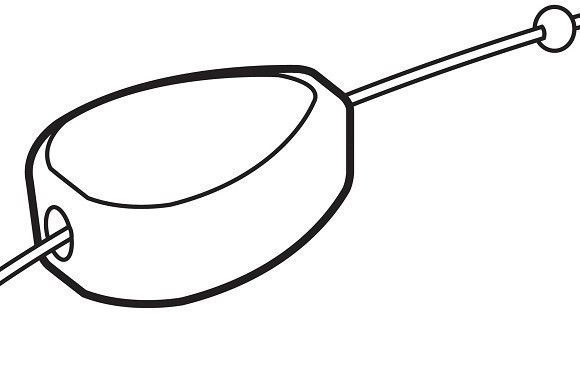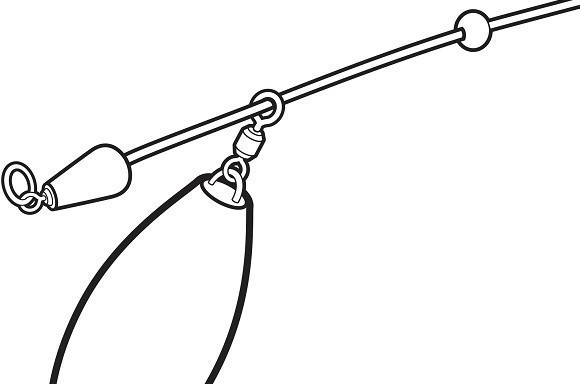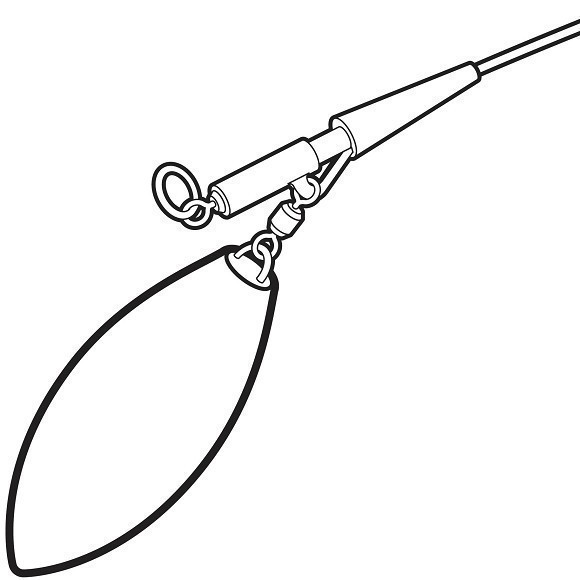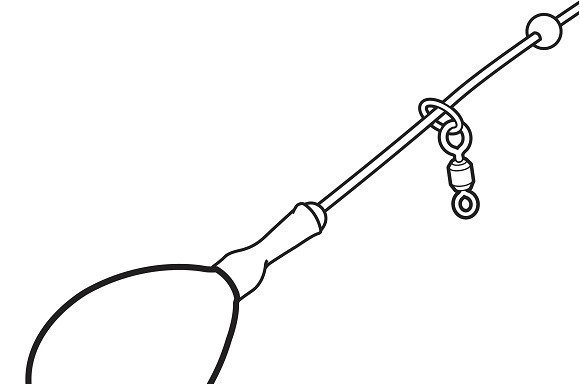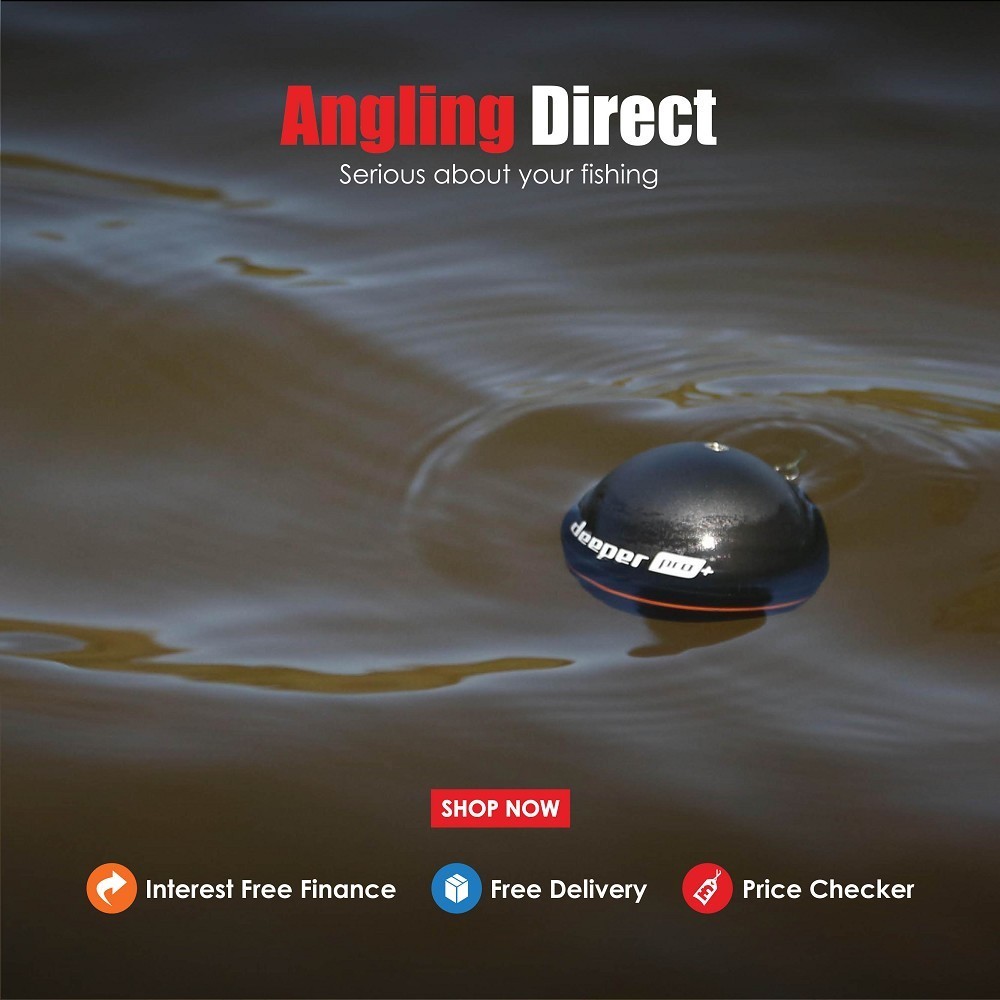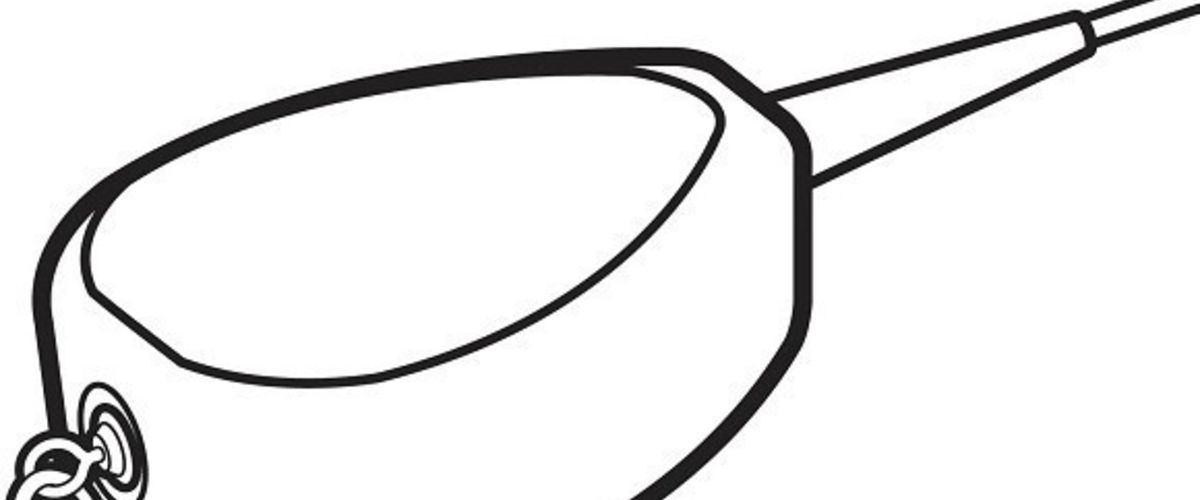
How to pick the correct lead for the right situation
Unsure where to start when it comes to picking the right lead for the right situation? Here's the perfect guide...
Lead Set-Up: Semi-Fixed In-Line
Lake Bottom: This is best suited for a harder lakebed, such as gravel or clay. It’s also the ideal lead/set-up for a solid PVA bag approach.
Angling Pressure: If used with a PVA bag, it means you can present a hookbait stealthily without causing unneeded commotion of finding a clear area with a marker float.
Type of hooklink: Again, if fished in a solid PVA bag, a short, soft, braided hooklink works best. This allows it to fit inside the bag and allows lots of movement for good hook holds.
Recommendations: To set up an effective, tangle-free, semi-fixed lead set-up, you need to make everything as streamlined as possible. Make sure you use a rubber tail on the back of the lead as this does exactly that.
Lead Set-Up: Running In-Line
Lake Bottom: In-line leads are generally fished over a firmer lakebed such as gravel and clay. This lead set-up is very good for highly-pressured carp.
Angling Pressure: If everybody on your lake is fishing with the conventional semi-fixed in-line set-up, then by using it running can give you a real edge.
Type of hooklink: If you are presenting your set-up inside a solid PVA bag then a short, soft braided hooklink works best. If you’re fishing over a harder lakebed then use a stiffer hooklink.
Recommendations: Remove the hard insert from the lead, thread the lead onto your main line and follow this with an Anti-Tangle Sleeve. Tie on your rig as normal and then pull the Anti-Tangle Sleeve down onto the swivel.
Lead Set-Up: Running Pendant
Lake Bottom: Running pendants can be fished from hard gravel features to silty areas. This style of lead set-up shouldn’t be fished into weed though, as the lead can jam..
Angling Pressure: This lead set-up is being seen less and less, so if anglers on your lake are continually using semi-fixed lead set-ups, then a running pendant could be an edge.
Type of hooklink: The type of hooklink on this set-up is very versatile dependent of the lakebed. If fished onto a hard area, go for a stiff hooklink, whereas on a silty bottom go for braid.
Recommendations: The key to an effective running lead set-up is to make the loop that the line runs through as frictionless as possible. Nash Tackle’s Anti-Tangle Run Beads are perfect, as are Korda’s Run Ring Rubbers.
Lead Set-Up: Semi-Fixed Pendant
Lake Bottom: Semi-fixed pendants can be used on gravel, in silt and around weed because the lead is able to discharge.
Angling Pressure: Look at what other anglers on your lake are using and use a different set-up. For example, if people are using heavy semi-fixed leads then use a light one.
Type of hooklink: The hooklink that you are using can vary dependent on the lakebed. The harder the lakebed, the stiffer the hooklink, which has very good hooking properties.
Recommendations: There are many companies that produce lead clips, all differing in quality, from how they dump the lead through to user-ability.
Lead Set-Up: Helicopter Set-Up
Lake Bottom: Generally fished over soft areas, such as silt which is covered in debris and would cause problems with other lead set-ups.
Angling Pressure: A lot of people all use Chod Rigs with the helicopter set-up over silt and bottom debris.
Try using bottom baits instead.
Type of hooklink: Softer hooklinks are suited more to this presentation. This allows the hooklink to follow the contours of the lakebed.
Recommendations: If you’re unsure of how to construct a safe helicopter rig, then opt for one of the many ready-tied, ready-to-use versions that are out there. ESP’s Helicopter Rig Leadcore Leaders or ACE’s Leadcore Helicopter/Chod Rig set-up.



